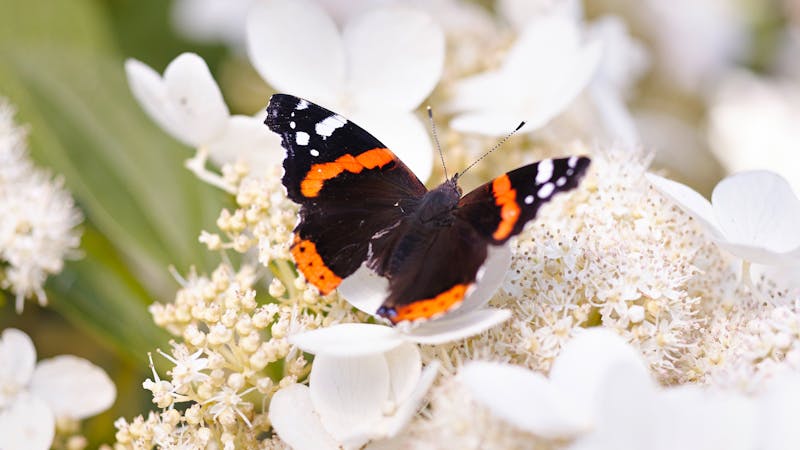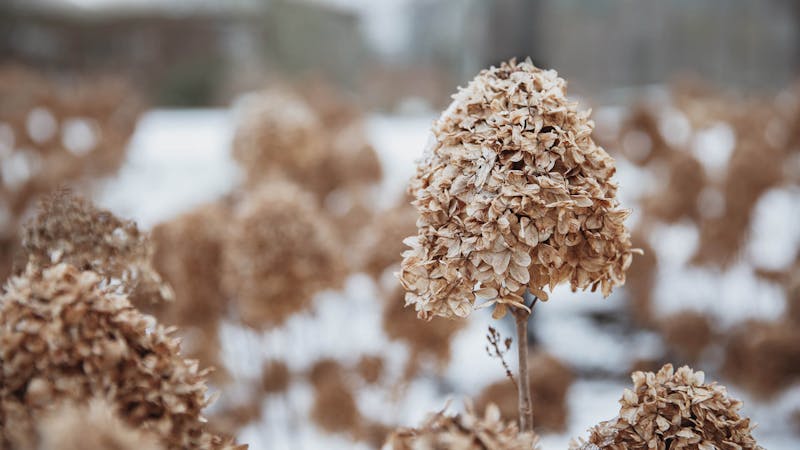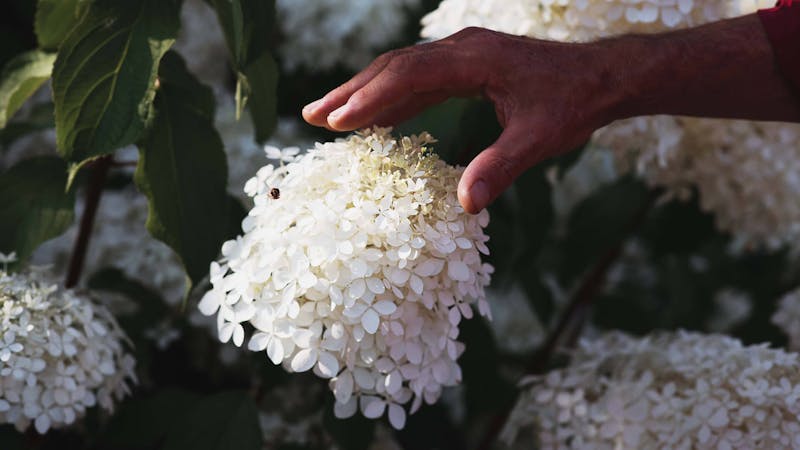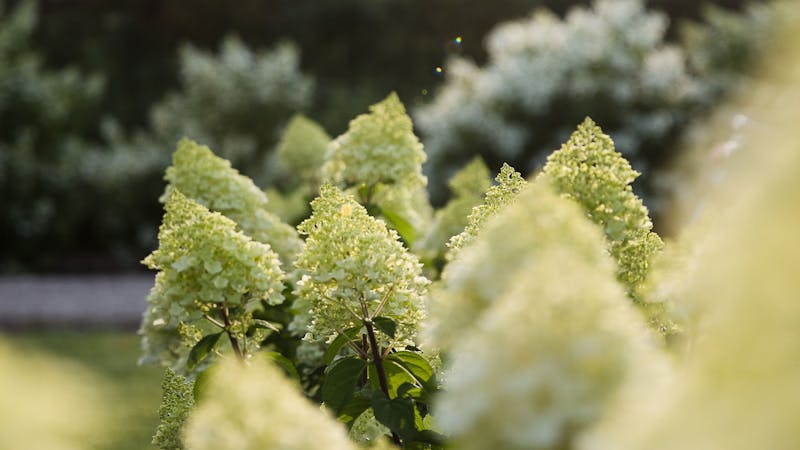Looking for a plant that can help boost nature in parks and backyards? Fred Booy, landscape architect at DS landschapsarchitecten, explains why the Hydrangea paniculata is a perfect fit.
“The modern gardener – whether it’s for your own backyard or a public plot or park – preferably goes for a plant that suits our contemporary world. A plant that boosts biodiversity, can remove particulate matter from the air, is easy to use, doesn’t need pesticides, works as a cut flower and is lovely to look at. The Hydrangea paniculata comes very close to being the ideal modern plant. It’s strong and sturdy, the flowers are beautiful, and thanks to its hairy leaves, it’s ideally suited to filter particulate matter from the air. The plant’s flowers attract insects like butterflies, honey bees, wild bees, bumblebees and hoverflies. There’s a reason why panicled hydrangeas are so popular, both in backyards and in public parks.”
A Living Summer Snow® Hydrangea in the summer
The perfect mix
A Hydrangea’s flowers are really a bunch of two different flowers: small, fertile flowers with pistils and stamens and larger, striking sterile flowers. These larger flowers are meant to lure insects to the plant. Some Hydrangeas have more small, fertile flowers, others more large, sterile flowers. If you want to really make your birds and bees do a happy dance, a mix of both variations is perfect.
An insect’s winter meal
When the plant stops blooming and the flowers wither in the fall, it’s best to leave it be. In the winter, the plant and its withered flowers are an important food source for all the insects in the garden. These insects work hard to keep our ecosystems in check, so keep ‘em happy and fed!









